Transforming Our Survey Operations
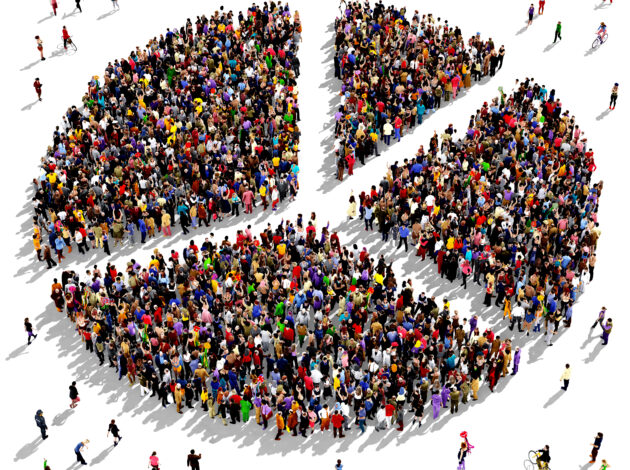
We have now announced our Survey Improvement and Enhancement Plan for Economic Statistics. It represents our commitment to restoring confidence…
Read more on Transforming Our Survey Operations
We have now announced our Survey Improvement and Enhancement Plan for Economic Statistics. It represents our commitment to restoring confidence…
Read more on Transforming Our Survey Operations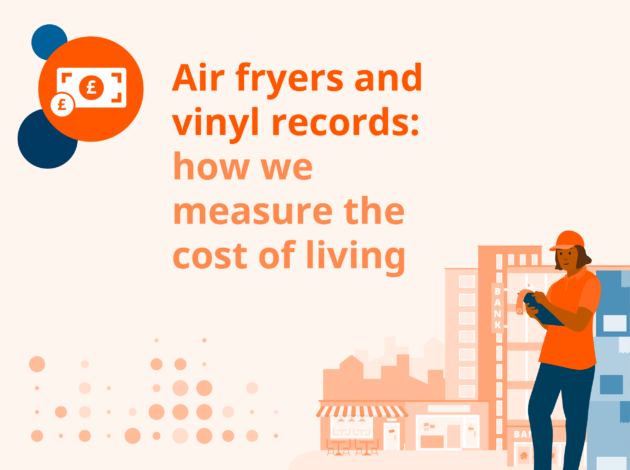
What does an air fryer, a loaf of bread and vinyl records have in common? Well, these are just a few of the items tracked by the ONS to help us determine how the prices of a wide range of goods and services change annually in the UK. That’s the subject of our next webinar in the ‘Bringing data to life’ series.
Read more on Bringing data to life: pricing up the cost of living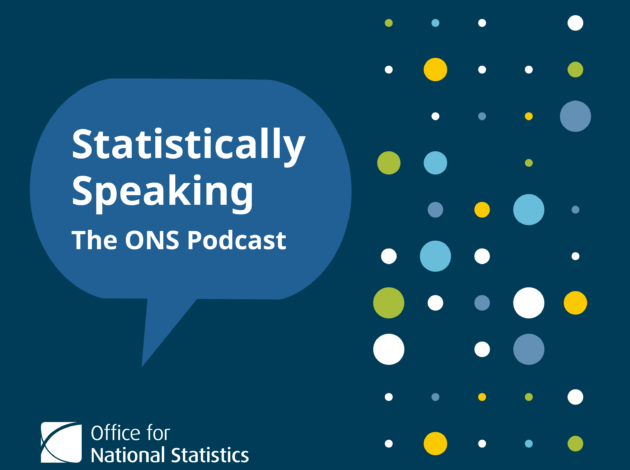
In the latest episode of Statistically Speaking we explore how the ONS measures our natural environment and the green economy….
Read more on Green Data: Measuring the Environment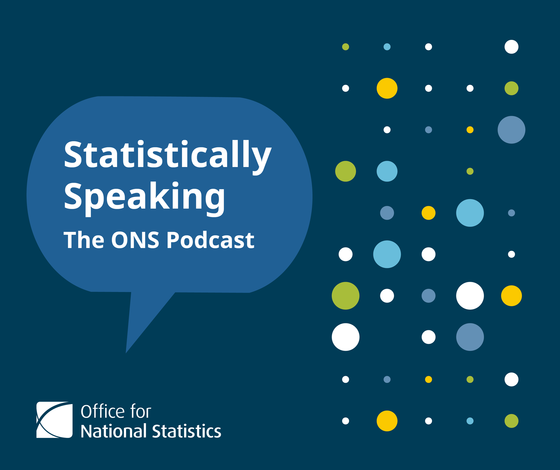
In this episode of Statistically Speaking we shine the spotlight on local data and look at how good statistics for small areas make for better targeted policy interventions, and more effective use of valuable public resources.
Read more on Local Data for Local People: How new data sources are helping to calibrate communities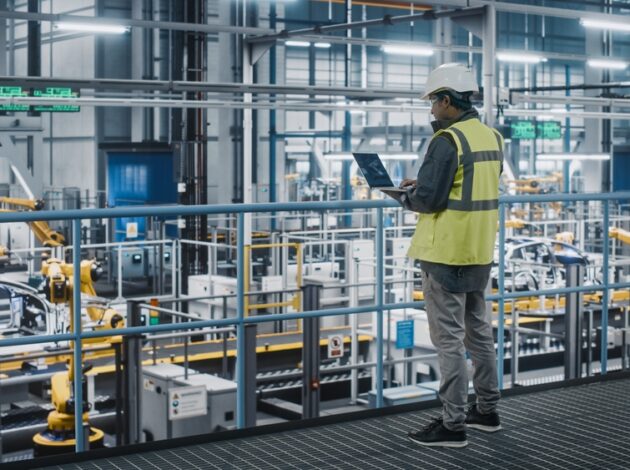
Gross Domestic Product, more commonly known as GDP, remains the world’s most closely-watched economic indicator. Its growth – or lack of it – is used to measure economic progress. A positive GDP reading suggests an economy is growing, a negative one that it’s slowing down. But there is much more to GDP that just one number. In this post Craig McLaren is our guide to how GDP is calculated and how it’s best understood.
Read more on What is GDP and how do we measure it?